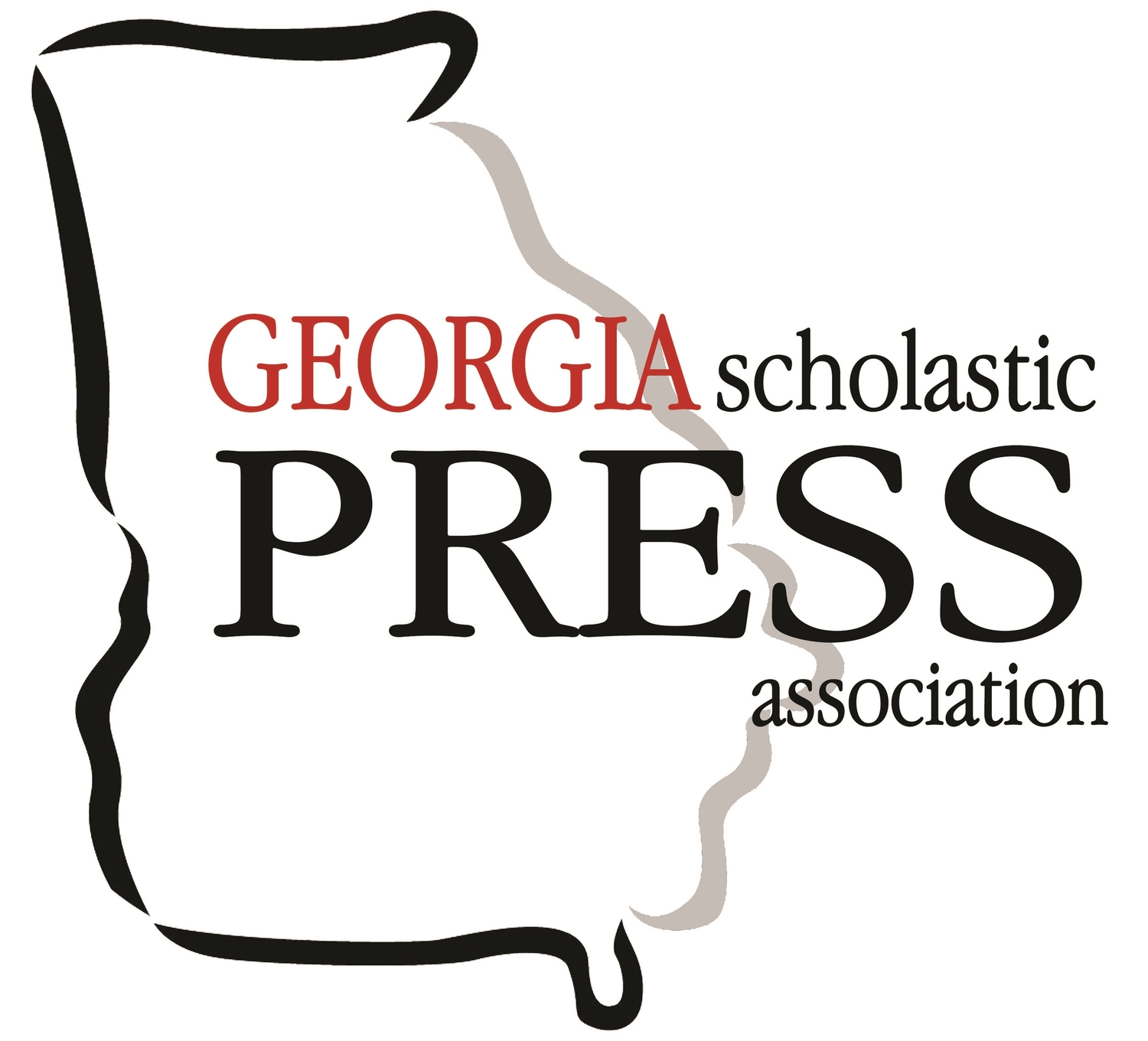What student journalists should know: COVID-19 yearbook reporting
/In the past year, students and student journalists have navigated a world riddled with racial injustice, contentious political processes and a global pandemic ravaging public health. States and organizations across the country face different challenges in discussing and responding to these issues, and student journalists have and might still face censorship surrounding controversial topics in their communities.
Recently, the Student Press Law Center (SPLC) published a page to help schools understand yearbook publication during the COVID-19 pandemic, particularly regarding potential for censorship, citing precedent during the 2020-21 school year to this point.
In August, a Georgia student nearly faced suspension after photos taken by the high schooler, which showed unmasked students in crowded hallways, circulated in local and national media. Following national criticism of the school’s pandemic response, school officials suspended the student (later rescinded) and set an example for other districts across the country. Schools have since aimed to protect their public images by censoring and monitoring student media and speech.
“We have heard from student journalists across the country who have reported attempts by school officials to clamp down on their ability to document COVID-19 related news, including bans on photography, clamping down on information and data regarding COVID-19 testing and policies and changes to editorial policies that govern what can and can’t be published in student media,” representatives of the SPLC said in their brief.
The SPLC defines censorship as any time someone who works for the school or school district, be it a principal or educator, prevents or attempts to prevent content publication. Censorship may take the form of directive not to publish, budget cuts or refusal to help distribute publications. These processes might particularly affect yearbooks that would have covered the pandemic year in its entirety.
Legal precedent via the 1988 Supreme Court case Hazelwood School District vs. Kuhlmeier outlines the legal standards for school publication and parameters for censorship. Hazelwood, according to the SPLC, says that school officials must assert and prove there is reasonable educational justification for censorship to lawfully keep students from publishing content in a student publication. Officials must give a justifiable reason beyond protecting school image.
To engage students in awareness of what they can (or cannot) publish and what schools might attempt to censor, the SPLC outlines several frequently asked questions to help navigate pandemic publication. Those questions in addition to further legal explanations and definitions can be found here: Understanding Yearbook Censorship in the Time of COVID.

